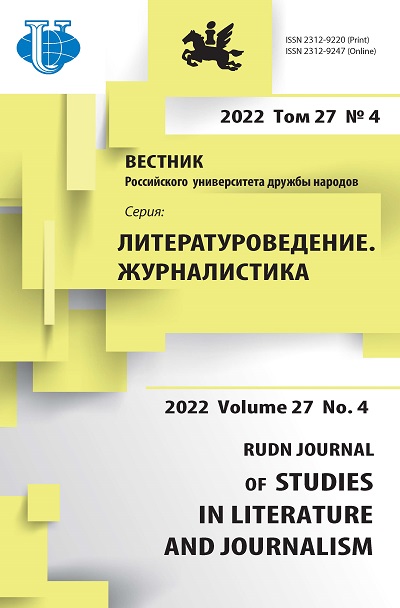Media text: is there a need for a change of research and linguodidactic paradigms. Book review: Panasenko, N., & Greguš, Ľ. (2022). Media text in the mirror of linguistics. Prague: Wolters Kluwer ČR a.s.
- Authors: Kulikova E.G.1,2
-
Affiliations:
- Peoples’ Friendship University of Russia (RUDN University)
- Rostov State University of Economics
- Issue: Vol 27, No 4 (2022)
- Pages: 838-844
- Section: BOOK REVIEWS
- URL: https://journals.rudn.ru/literary-criticism/article/view/33294
- DOI: https://doi.org/10.22363/2312-9220-2022-27-4-838-844
Cite item
















